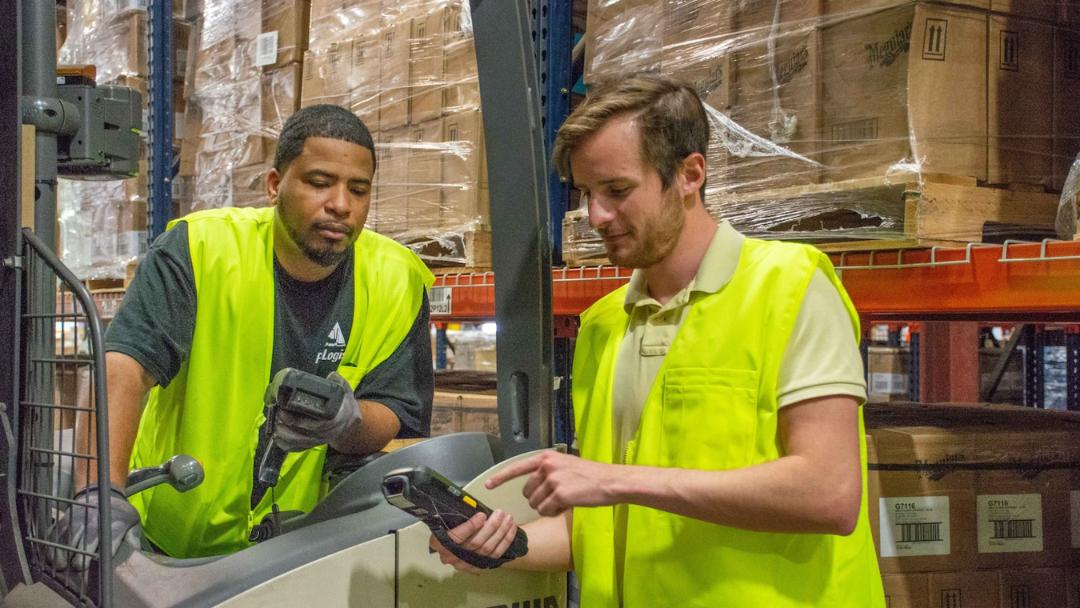A workplace with psychological safety creates an environment that allows for work to be at the forefront, for employees to be able to focus on the task at hand, and have a sense of security. If an employee feels unsafe or is being made fearful or uncomfortable, that's a problem that needs to be solved immediately.
So how can a workplace create a sense of psychological safety?
Providing mental health and substance abuse resources
A workplace with psychological safety starts with the psychological health of its employees.
According to McKinsey, employers can take action in six ways. Those six steps are: Identify, Ensure, Shift, Implement, Enable and Integrate.
To take the first step, employers can identify the needs and practices that need adjustments or to be implemented using analytics and employee feedback.
The second step, Ensure, can be implemented by offering behavioral health services. These services should be on par, through the lens of both affordability and access, as physical health services.
To shift is to change the literacy and language around behavioral health in your organization to normalize it and reduce stigma. This allows it to be discussed in both a positive and negative, but most importantly constructive, way.
The next step, Implement, can be made actionable through creating programs that can assist employees with mental health or substance abuse.
To take the next step, Enable, is to create points of access for all of these steps in a digital or easily accessible way. The final step, integrate, is to deliver behavioral and physical healthcare with payment models. These steps don't all need to go in order, and in some cases they don't all need to be used. It depends on the business and work environment they're being introduced to. However, the key message here is having resources available for employees.
Employees can't feel psychologically safe if other employees are struggling and don't have the help they need.
Follow the leader
McKinsey also points to an organization's leaders. A leader should have a sense of awareness of their surroundings and fellow employees. They should be vulnerable enough to humanize the situations at hand. They should tap into empathy and try to understand the people and situations around them. And they should use compassion to ensure employees know they are cared for.
Eliminate abuse and discrimination
By following the steps above, you can help provide resources to combat psychological safety from a mental health and substance abuse standpoint. But what about abuse or discrimination, both of which can contribute to feeling unsafe at work?
Harvard Business Review suggests providing flexibility of options to victims. Victims should have the opportunity to make informal, confidential complaints. They should be able to speak openly with a trusted colleague about the harm being done. While strict processes have a place, they can prevent people from coming forward. In fact, HBR reports that only 30% of employees experiencing harassment will make a complaint. This is mostly due to fear of retaliation. While this is a complex issue, employers can help to mitigate this by allowing for informal reports and keeping an open line of communication.


